TAP INTO Japan
A blog by INTO Secretary-General, Catherine Leonard, following a recent mission to Japan
There is an expression in Japanese doronawa. Literally translated, it means ‘to make a rope only after the thief is caught’. And that just about sums up my hasty attempts to learn Japanese a few months before travelling there for the first time.
We received news of our successful application to the Great Britain Sasakawa Foundation in November 2023. Which left little time for language learning as the plan was to be in Japan in time for sakura season (cherry blossom). I had done a short course at school, so knew it would be hard. (Much harder when you no longer have a teenage brain!) But it did help and I will try to continue. In preparation for my next visit!
I travelled with National Trust colleagues working on the Blossom campaign and we supplemented the grant with a TAP INTO award. Their aim was to bring back learnings from how the Japanese celebrate the coming of spring with hanami.
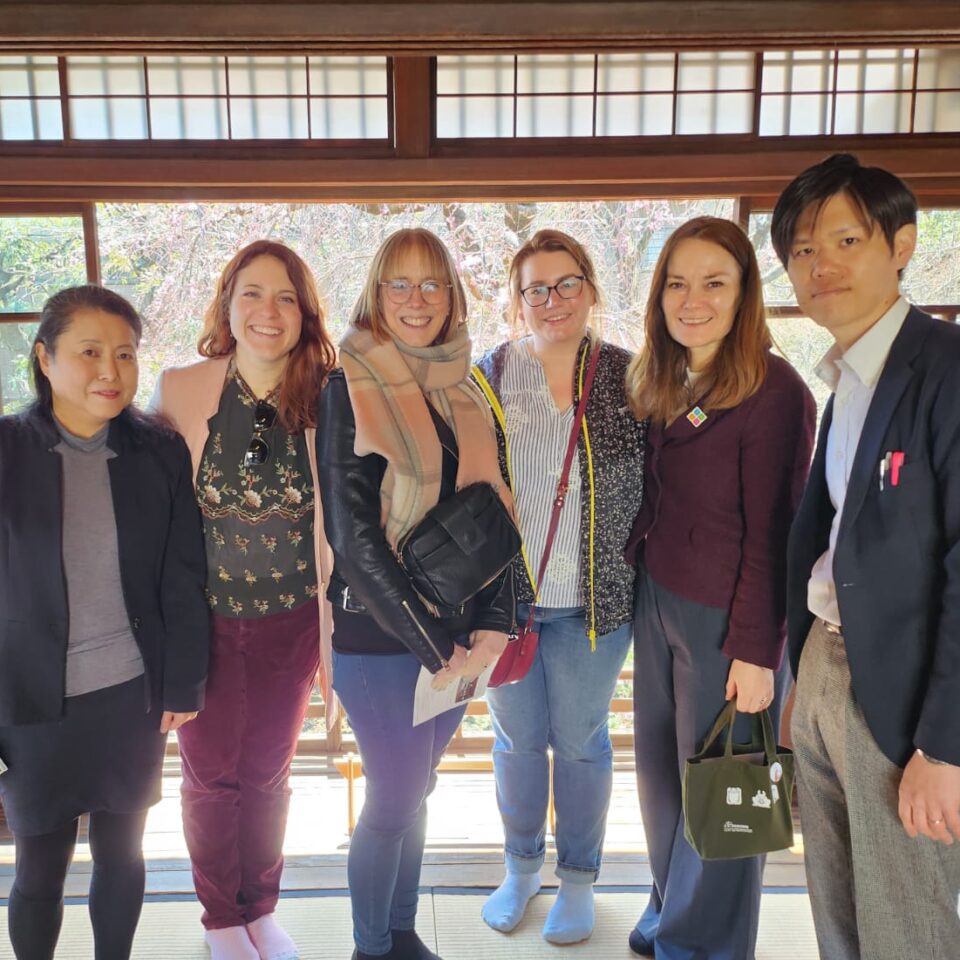
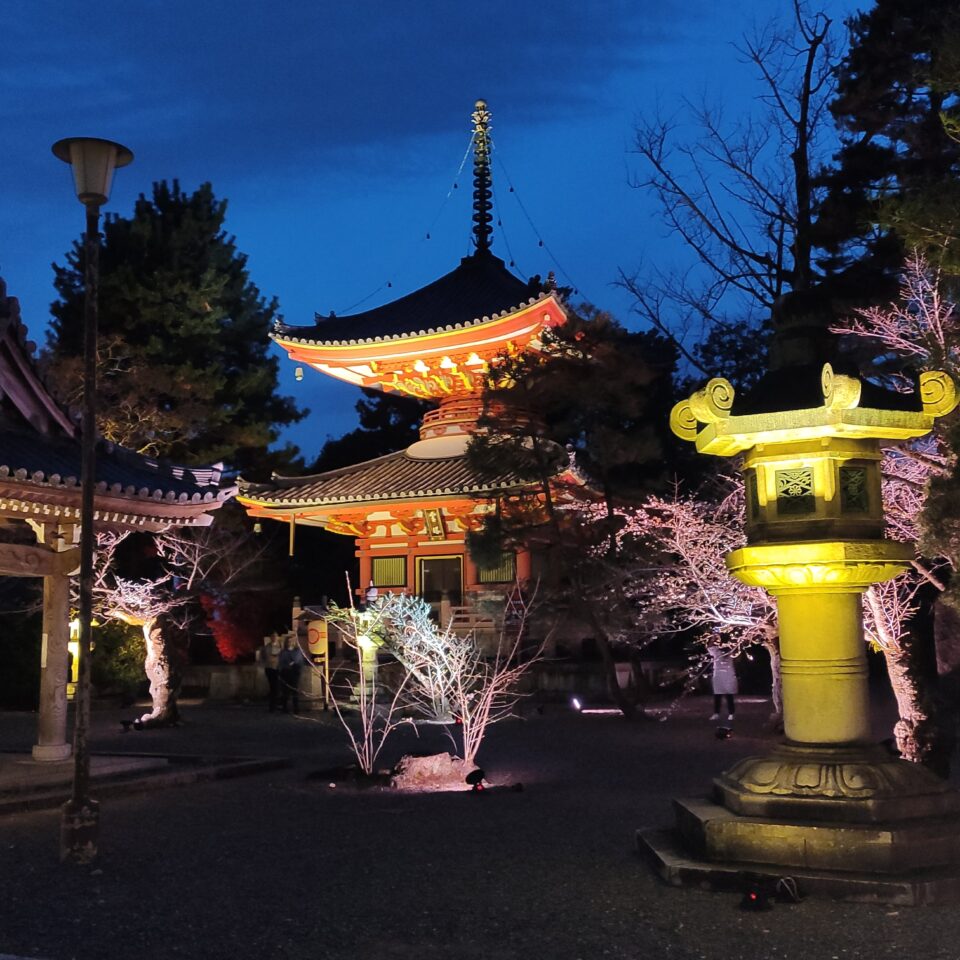
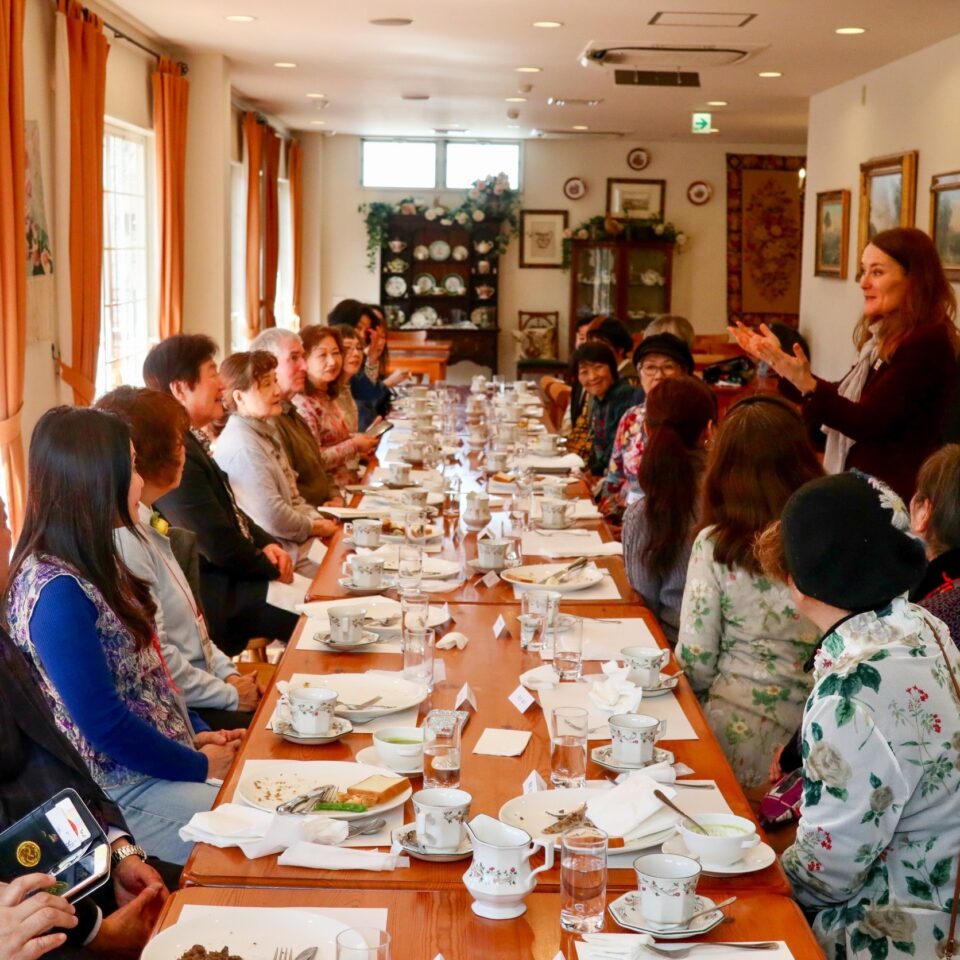
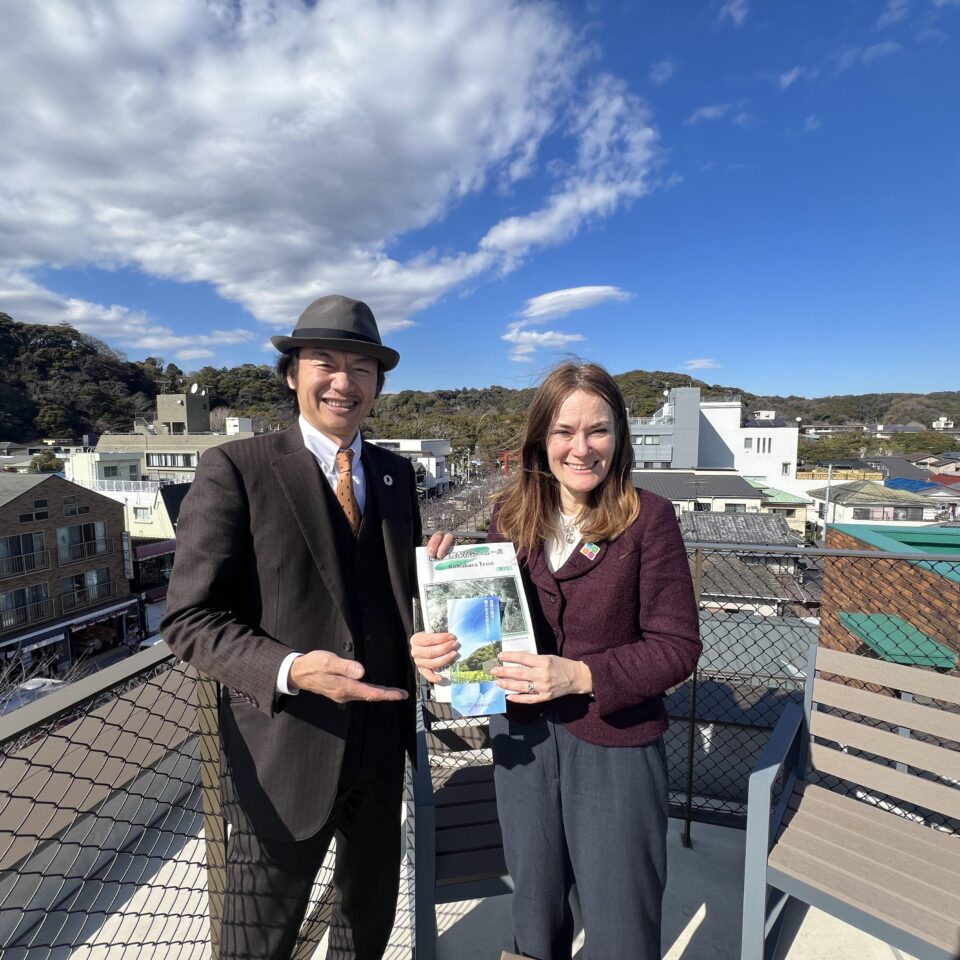
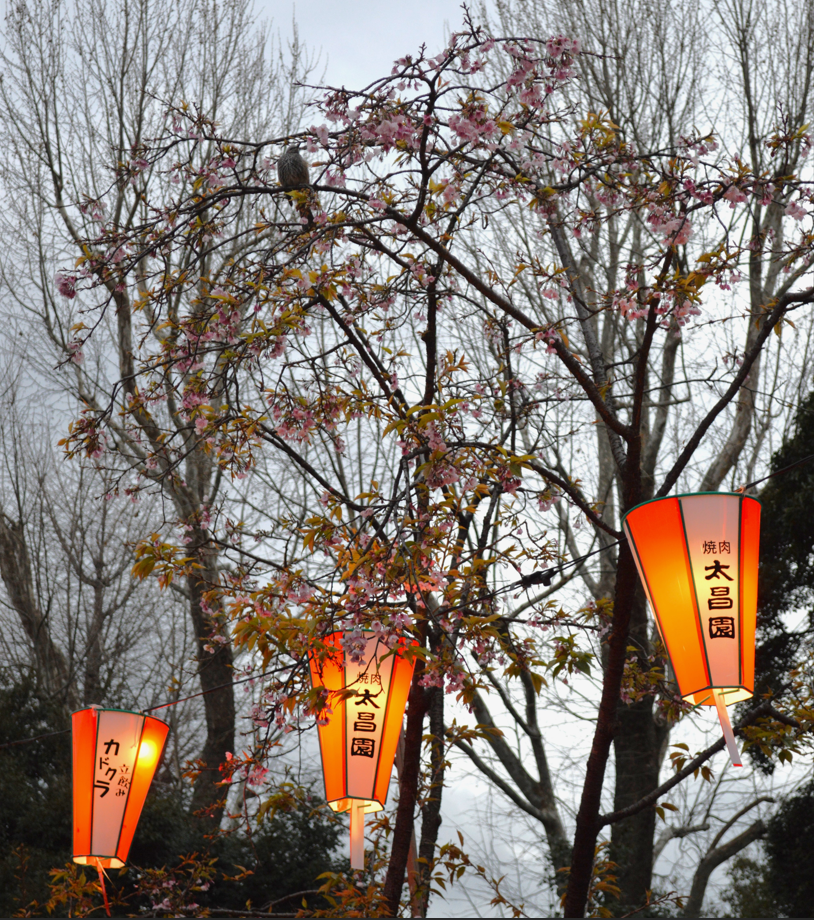
Blossoming connections
My main objective was to reconnect with the National Trust movement in Japan. When I first started working at the Trust, I regularly met different Japanese groups. But whilst we have a strong connection to the Amenity 2000 Association and their Research Association, we know there are many other trusts. Often also inspired by the INTO approach as they work to preserve natural and cultural heritage.
It was a joy to meet representatives of the Kamakura Trust. This was the first National Trust, established in 1964 in response to the threat of development. And I appreciated my brief visit to their Oyatsu Forest site. We look forward to celebrating their diamond jubilee later this year!
We visited the beautiful and peaceful Former Yasuda Residence in Tokyo, a property of the Japan National Trust. The JNT is a nationwide organisation established in 1968 to conserve the country’s cultural and natural heritage, promoting access and enjoyment by current and future generations.
With the help of an interpreter, I was able to reconnect with the Association of National Trusts of Japan. This is an umbrella body for a group of National Trusts which also acquires and manages natural heritage sites.
I also attended the Annual General Meeting of the Research Association of National Trust on Natural and Cultural Heritage. The group seeks to encourage the successful management of Japan’s cultural and natural heritage, based on the INTO approach. It was fascinating to experience their AGM and to be reminded that many of the issues and challenges are the same, wherever we are in the world.
Amenity 2000 Association
Lastly, I was thrilled to visit the Vorries Cottage on Mount Rokko, which is now in the care of the Amenity 2000 Association.
I first met Mr and Mrs Shimizu twenty years ago on a visit to the UK. The Kobe Earthquake in 1995 destroyed many historic structures and they were looking for ways to preserve and protect those that remained. Their visit sowed the seeds of starting an organisation which could eventually hold some of these in perpetuity. And in 2008 they raised the funds to purchase a 1934 summer mountain retreat, designed by William Merrell Vories, a naturalised American architect.
Since then they have acquired more land and added another Vories legacy: The entrance hall of a demolished property has been painstakingly reconstructed on the site. And they are in the process of building a new craft and education centre.
I loved experiencing and hearing more about Mr and Mrs Shimizu’s tireless work. They truly embody the spirit of Octavia Hill and the founders of the National Trust movement!
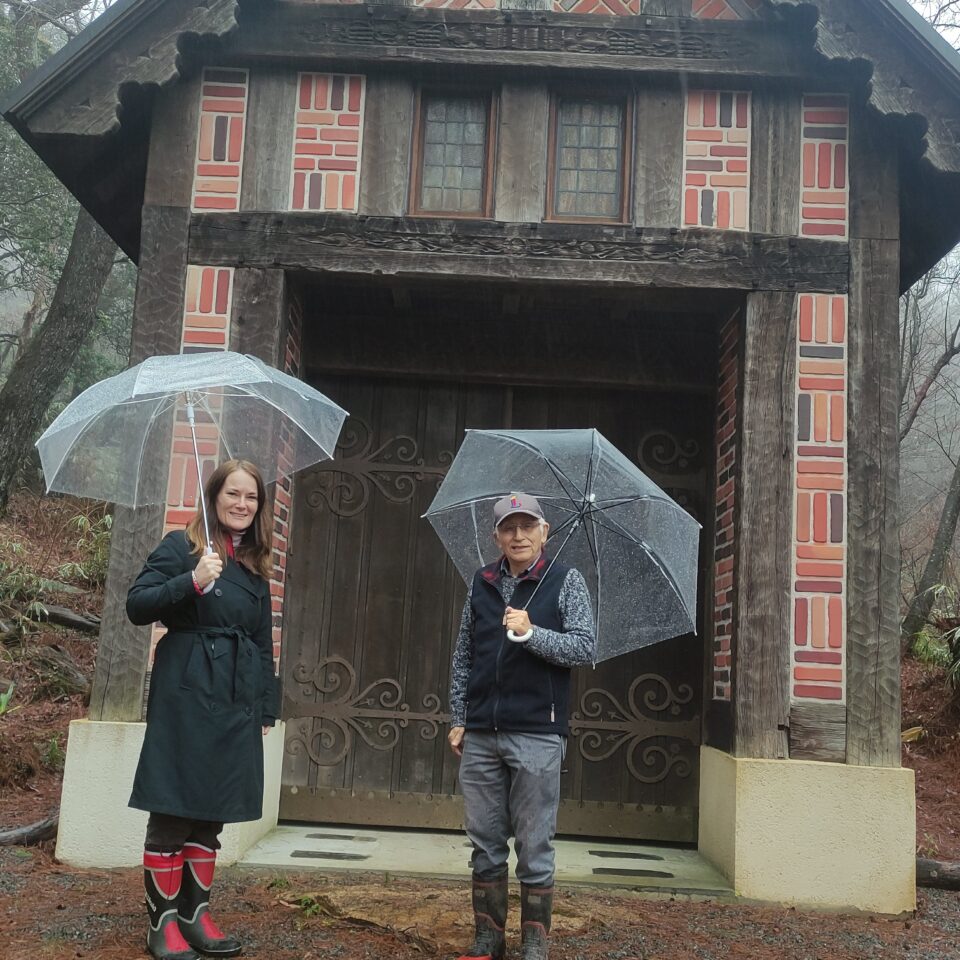
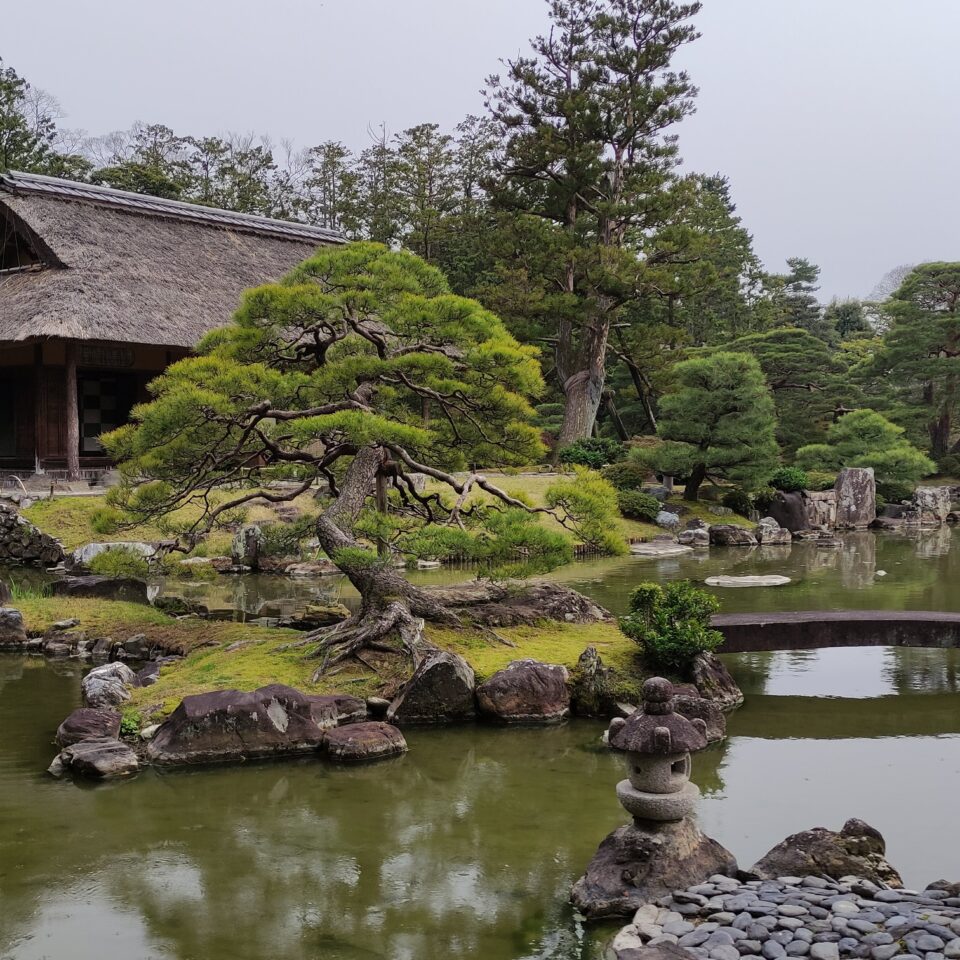
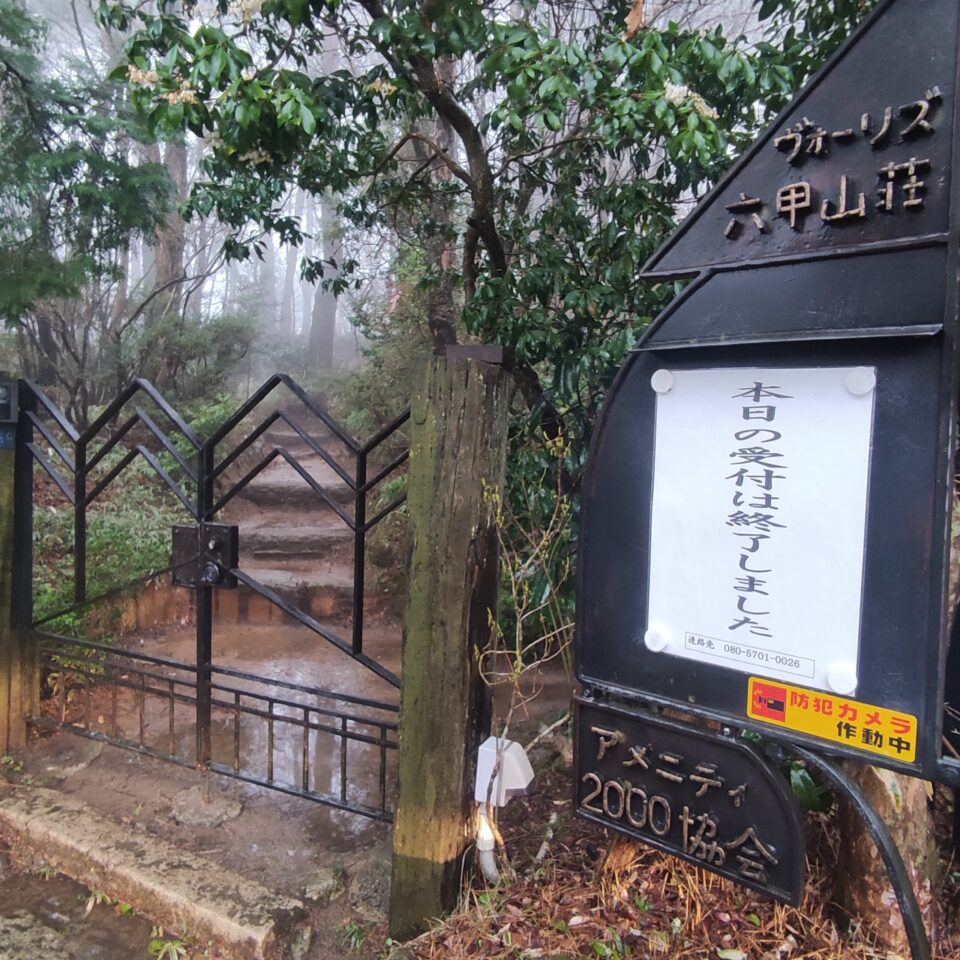
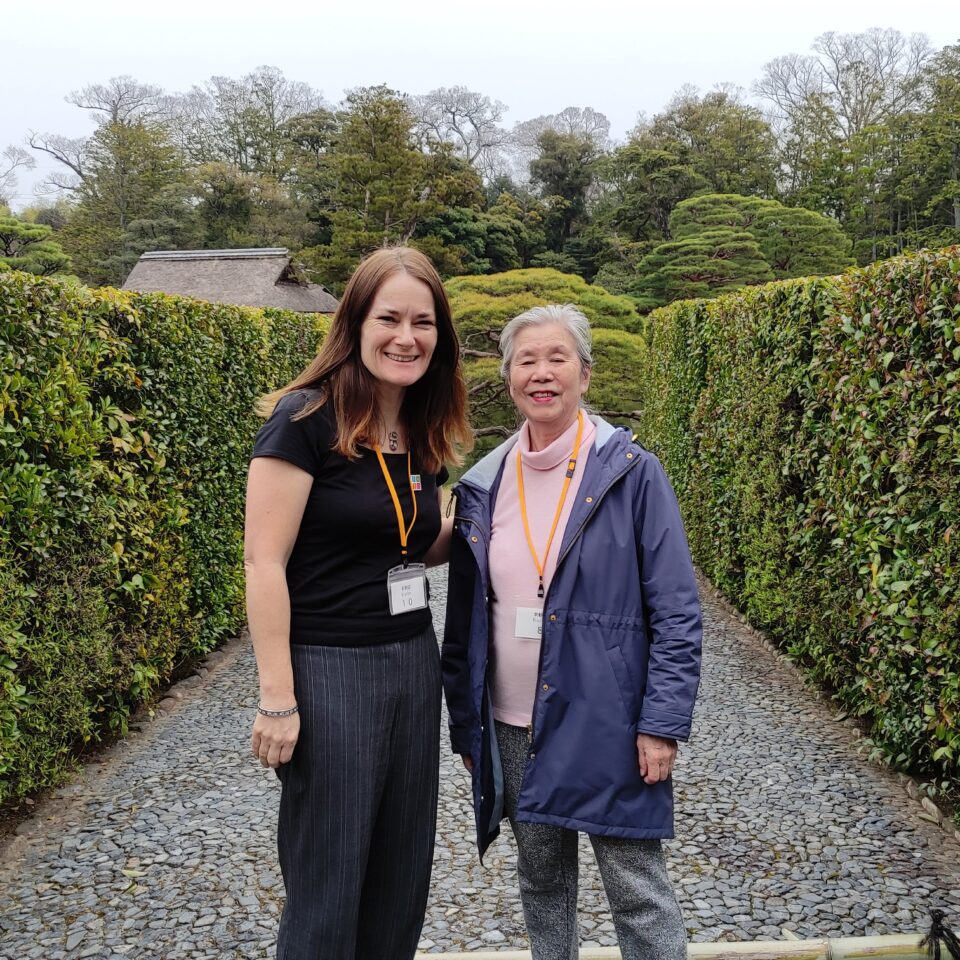
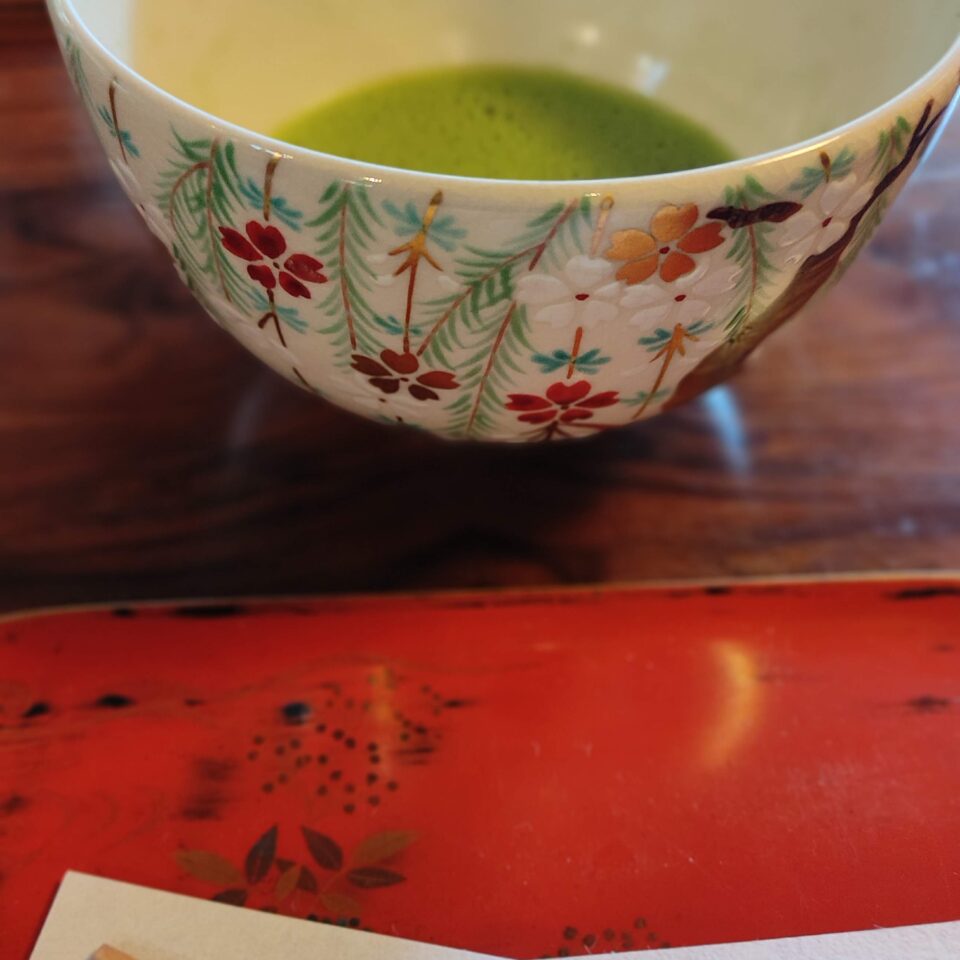
Learning and sharing
In addition to these pivotal meetings, we had bilateral discussions with the British Ambassador, British Council and British Chamber of Commerce. We discussed opportunities for collaboration with the University of Oxford Japan and Tokyo National Museum.
I had the honour of meeting representatives of the wider nature conservation sector through IUCN Japan. And enjoyed wonderful visits to the British Antique Museum (BAM) and beautiful Barakura Garden.
We also immersed ourselves in hanami with visits to a range of public green spaces. We were all struck by its simplicity: people connecting with nature and each other through a shared experience.
It’s not about elaborate activity or heavy interpretation but about facilitating this connection and letting nature and culture do the rest. My colleagues were particularly struck by how hanami is highly anticipated and a nationally significant moment in time. It is both woven into the fabric of everyday life and an excuse to do something special.
The visit will have direct impact on the National Trust’s plans for Blossom in 2025 and its long-term vision. And from an INTO perspective, we will build on the connections made and continue to support learning and sharing with our wider network.
Thanks
Above all, what stands out for me from this mission is the kindness and generosity of all the people we met. Their readiness to connect, their enthusiasm and passion for their work and the inspiration they left us with.
I’m not sure it’s quite the same as the doronawa concept Mrs Shimizu explained to me. But there is also something about letting serendipity take its course when travelling: Driving a London taxi around Kamakura with Mr Dobashi of the BAM; sharing steak and kidney pie with colleagues at Barakura; Mrs Shimizu’s beautiful tea ceremony at her childhood home in Nishinomiya; touring the Tokyo National Museum with Chief Curator, Ms Takahashi; visiting Masumi sake brewery with the Yamada family; a behind the scenes tour of Kobe College with Rev Tabuchi. There are some things you just can’t plan for.
I’m grateful to all the people I met along the way. And some that I didn’t, like Matthew Knowles, the British Council’s Director for Japan and North-East Asia, who helped make many of the additional connections. My thanks too to our funders and of course Junko Shimizu of the Amenity 2000 Association, without whom the visit would simply have been impossible. 
Participating INTO members

Japan

UK

Osaka
